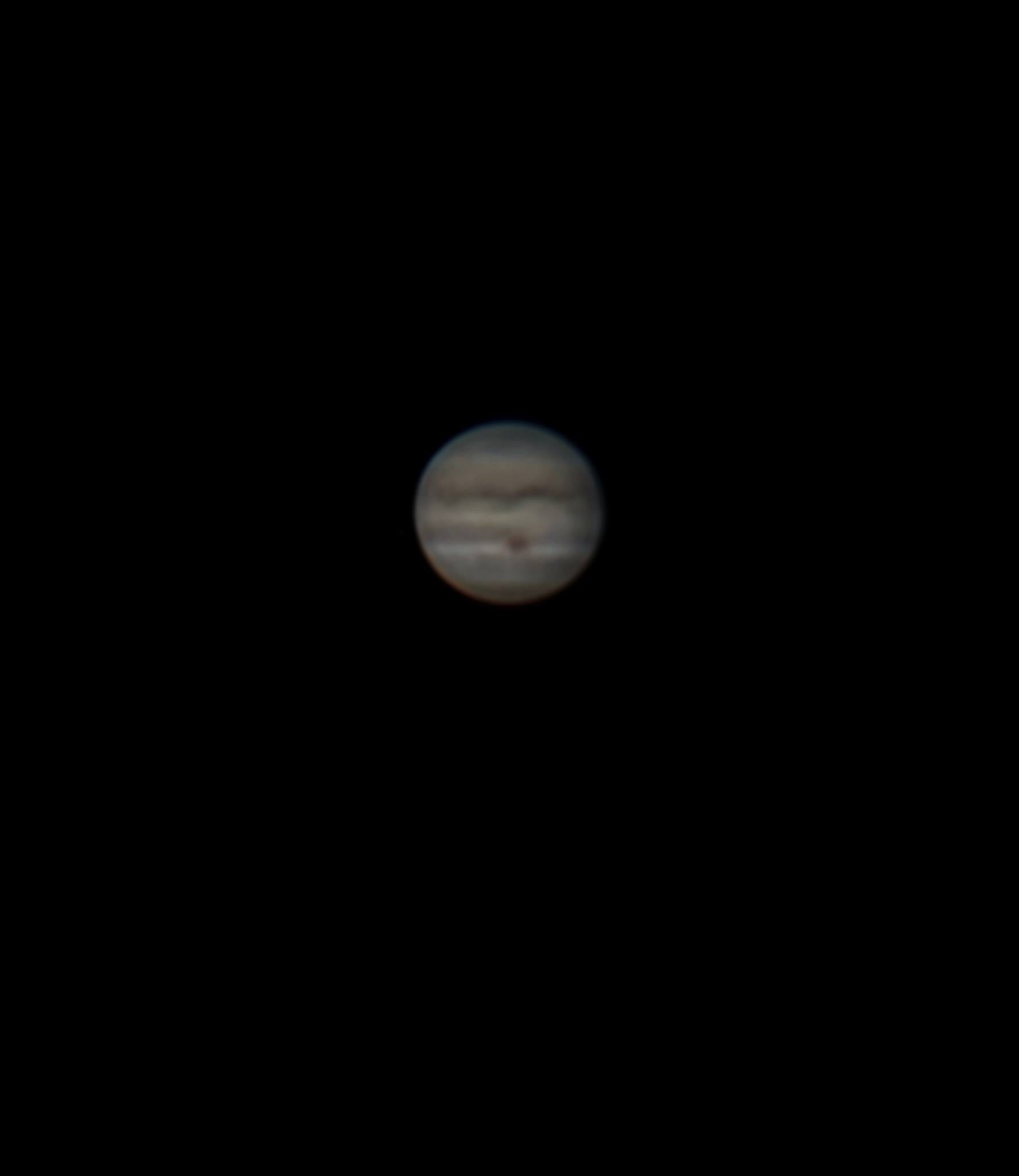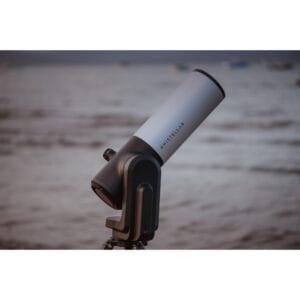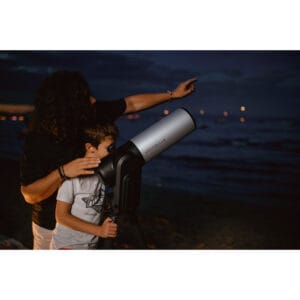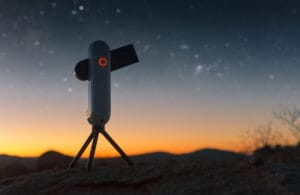Observing planets with a telescope is the main reason many beginners purchase a telescope. Saturn’s rings, Mars’ red color, or Jupiter’s moons: it all sounds magical. But what do you really see? In this blog post, we’ll outline realistic expectations, technical tips, and helpful observation guides. Whether you’re observing with your child or exploring the night sky for the first time yourself, after reading this you’ll know exactly what to look for.
What Do You Really See through a Telescope?
Let’s be honest: you won’t see color photos like those from NASA or the James Webb Space Telescope. What you see depends on the telescope, the atmosphere, your experience, and especially your expectations.
However, there’s still plenty to admire:
- Jupiter shows its four largest moons as tiny points of light. In good conditions, you can see the cloud bands and sometimes the Great Red Spot.
- Saturn is impressive. The rings are clearly visible as a separate element.
- Mars shows its red color and sometimes polar caps, but appears small and is difficult to focus sharply.
- Venus shows phases like the moon but has few details.
- Mercury is difficult to see due to its low position and small size.


What’s Realistic in Terms of Magnification?
More magnification doesn’t automatically mean a better image. The usable magnification of a telescope is approximately twice the aperture in millimeters. A 130mm telescope thus provides around 260x as a theoretical maximum, but atmospheric conditions rarely allow this.
Practical Advice:
- Consider the exit pupil (aperture / magnification). For planets, 0.5 to 1 mm is optimal
- For planets, a magnification of 100x to 150x is ideal
- Use eyepieces from 10mm to 6mm, possibly with a good Barlow lens
The Right Telescope for Planetary Observation
Not every telescope is suitable for observing planets. For sharp and high-contrast images, there are a few basic rules:
- Choose a long focal length: refractors of 900mm or more, or Dobsonians of at least 6 inches, perform excellently for planetary observation.
- Focus on stability: a sturdy mount prevents vibrations and makes aiming easier. That’s why we always recommend a Dobsonian telescope for beginners… but…
Dobsonian, Refractor, or Smart Scope?
Which type of telescope works best for planets?
- Refractors with a long focal length (900mm or more) are ideal for high magnifications and provide sharp images.
- Dobsonians are often larger, more affordable, and ideal for visual observation. With a 6-inch (or larger) Dobsonian, you can see impressively many details.
- Smart telescopes, like the Seestar or DWARF 3, are optimized for astrophotography. They display the image on a screen. Great for photos, but less impressive for live visual observation.
Want to observe planets with children? Choose a Dobsonian telescope that allows manual aiming and focusing. The wonder of seeing Saturn through a real eyepiece is irreplaceable.
Seeing, Transparency, and Dark Skies
Image quality depends not only on your telescope but also on the atmosphere. Two terms are important here:
- Seeing – how stable is the air? Turbulence causes shaky or blurry images. Stars that twinkle heavily indicate poor seeing.
- Transparency – how clear is the sky? Fog, moisture, or light pollution can severely reduce visibility.
Sometimes it’s better to skip an observation evening, but on clear, stable nights, you’ll suddenly see more than you ever expected.
Filters, Eyepieces, and Exit Pupil
A good telescope only becomes truly effective with the right eyepiece and accessories:
- Light blue filter (#82A) increases contrast on Jupiter and Venus
- Moon filter prevents overexposure with bright objects
- Some telescopes have a lens cap with small aperture – ideal for increasing contrast
Also pay attention to the exit pupil – the light beam that exits the eyepiece. Calculate it using the formula: aperture (in mm) ÷ magnification. For planetary observation, an exit pupil of 0.5 to 1 mm is ideal for sharp and high-contrast images.
Ready to Start? Let Us Help
Excited to start observing planets yourself? Check out our carefully selected telescopes specifically suitable for viewing planets like Jupiter, Saturn, and Mars.
➤ Discover the best telescopes for planetary observation here
Unsure which telescope best suits your situation? In the bottom right of our website, you’ll find AstroBob, our virtual telescope expert. Ask your question about magnification, filters, or eyepiece selection and get immediate personalized advice.
Soon we’ll also publish separate guides for each planet, with observation tips and explanations of what to expect through different telescopes. Don’t want to miss anything? Sign up for our newsletter.





